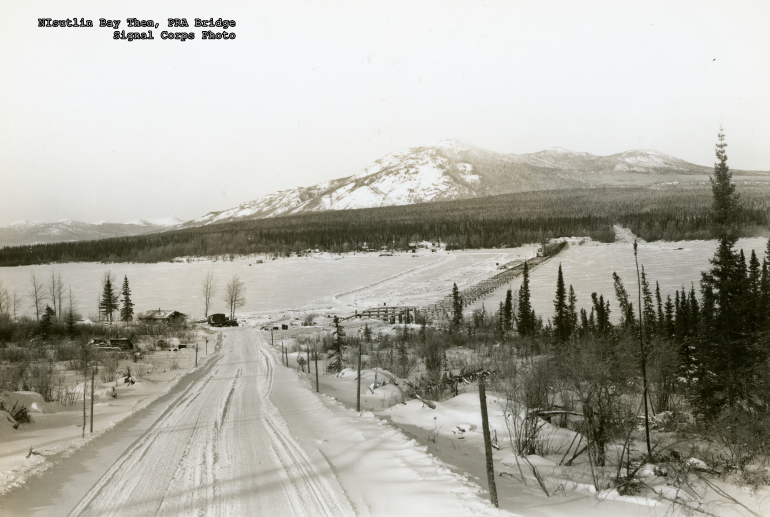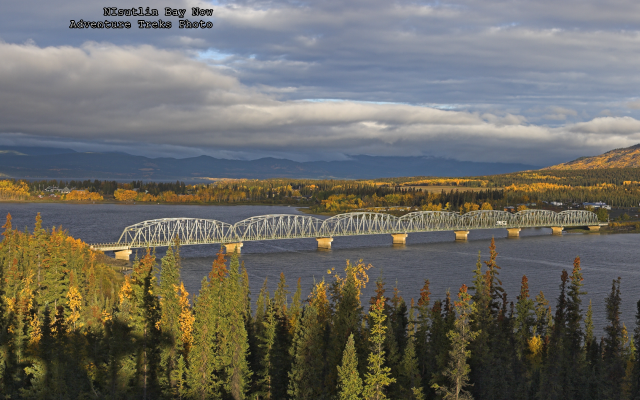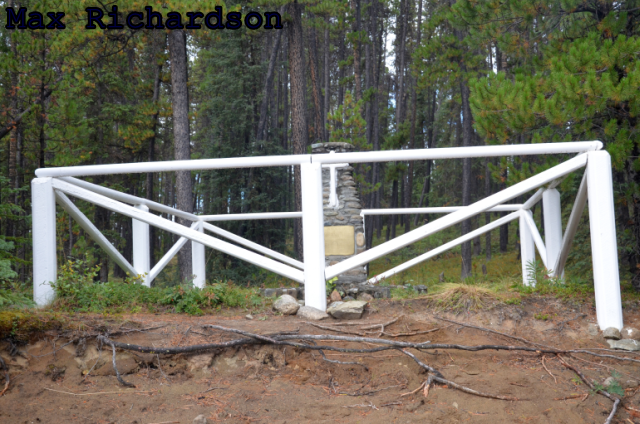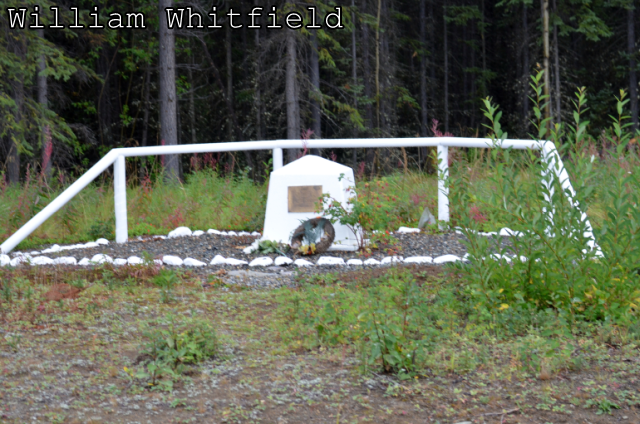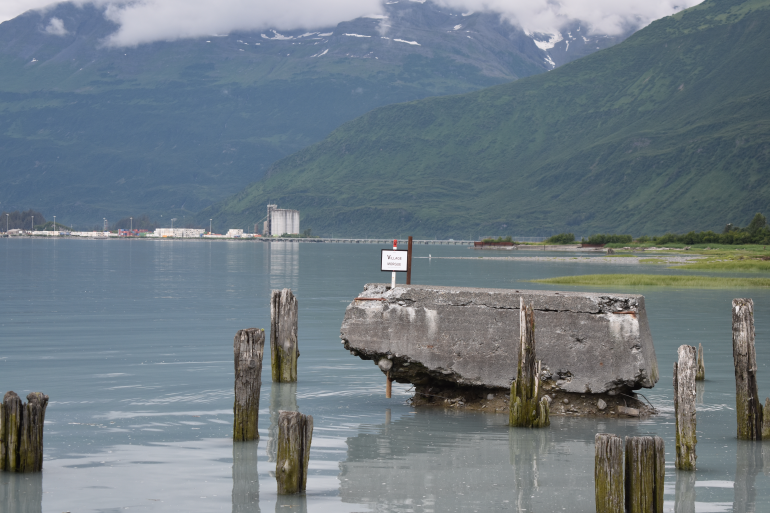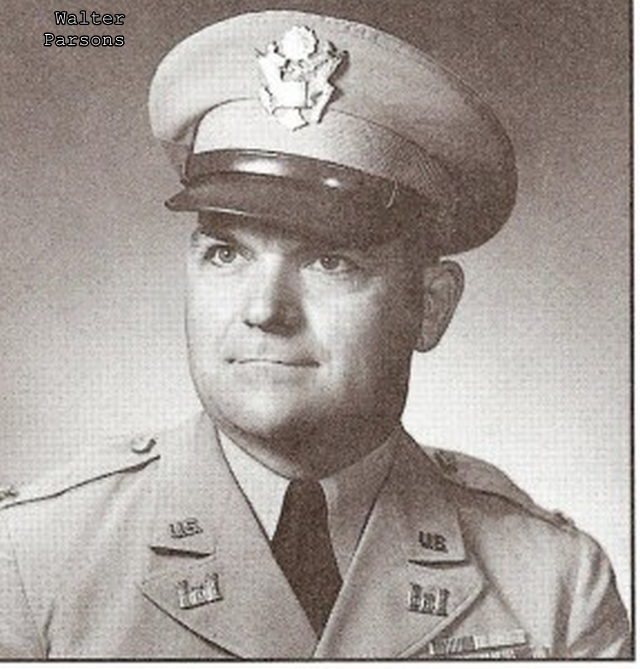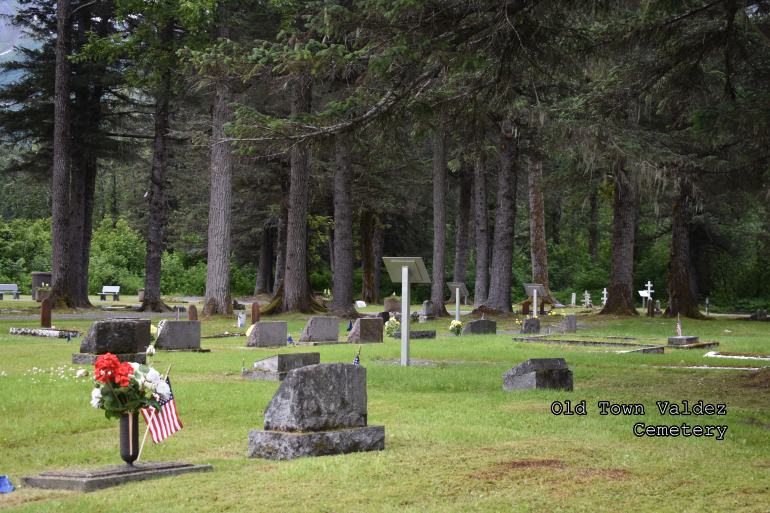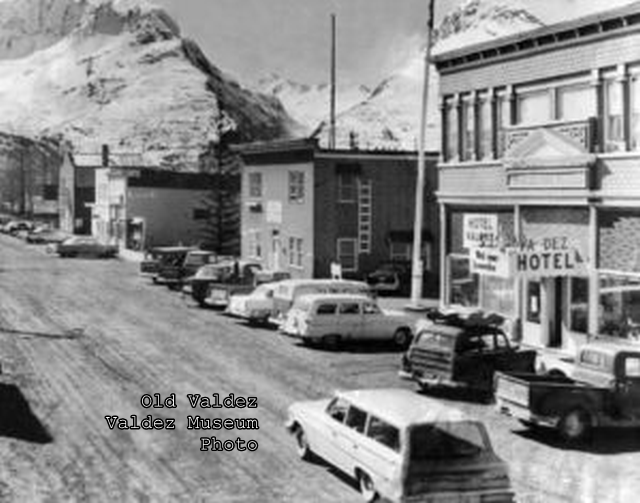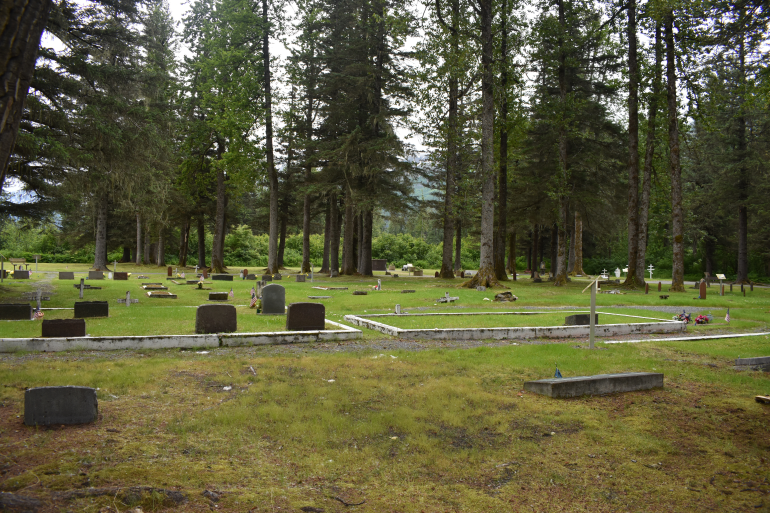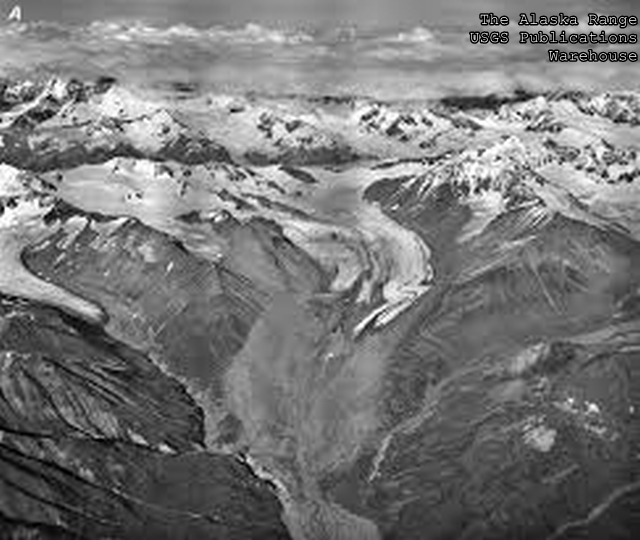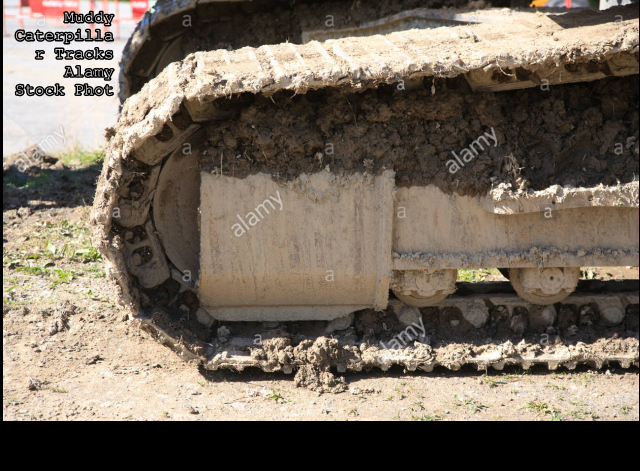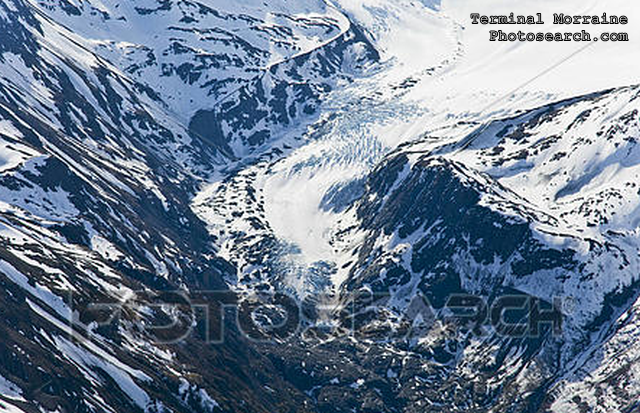
We met and got to experience the Inland Tlingits by luck, and by the grace of our friends Bonner and Bess Cooley.
Preparing for a publicity trip to Canada and Alaska to coincide with the release of our book, We Fought the Road, we knew we would get to visit Teslin again and we called Bonner and Bess to coordinate. The Inland Tlingits, Bonner told us will hold their biannual Celebration in Teslin this summer. You ought to be here then.
Bonner and Bess and the Memorial Cairns
The Inland Tlinget are a large and important First Nations tribe in Yukon. Bess Cooley is a Tlingit. And so is Ida Calmagane who appears in We Fought the Road. Bonner assured us that Ida wouldn’t miss the Celebration. We intended to give Bonner and Bess a copy of our book. Maybe we could meet Ida Calmegane and present one to her as well.

We camped in Teslin, met Bonner at the Yukon Motel Restaurant the next morning, and he delivered Chris and me to the celebration. A crowd mills around and among buildings, talking, listening to music. We look for Bess… And, excited, we look for Ida.
Her recollections informed We Fought the Road. The soldiers, in 1942, brought diseases for which the Tlingits had no immunity. Epidemics followed them through Yukon. Chris had found a published interview with Ida about her mother’s work taking care of the victims in Carcross. We’ve never actually met her. Now we have a chance to do so and to present a copy of our book.
Ida sits with her friends Pearl Keenan and and Emma Shorty next to the stage in the main building. At a break in the activities on stage, Bess introduces us. We give Ida her book and she graciously accepts; asks me to read the part about her mother. We pull up chairs at the end of the long table and squeeze in to sit with the three elderly ladies.
Chris can’t sit still. She moves around us with her camera. I read to Ida. We talk about her mother, her husband, her children. Ida utterly charms me, but something else is gradually sinking into my outsider’s brain, making me increasingly uncomfortable. Something about the flow of the crowd around us, the way people approach the three ladies, the fact that their table sits directly in front of the stage… I hear the word “elder” and I gradually realize that these three ladies have a very special place among the Tlingits. We’ve pulled our chairs up at the head table, between the guests of honor and the stage.
I thanked Ida; made an excuse to go away.
“Put something there,” Ida murmured, gesturing to my seat.
I didn’t understand.
She reached for a magazine and placed it on the seat. “Now people will know you’re sitting there.”
I felt as though I’d been knighted. I don’t think she noticed the wet in my eyes.

Ida helps preserve a precious language
